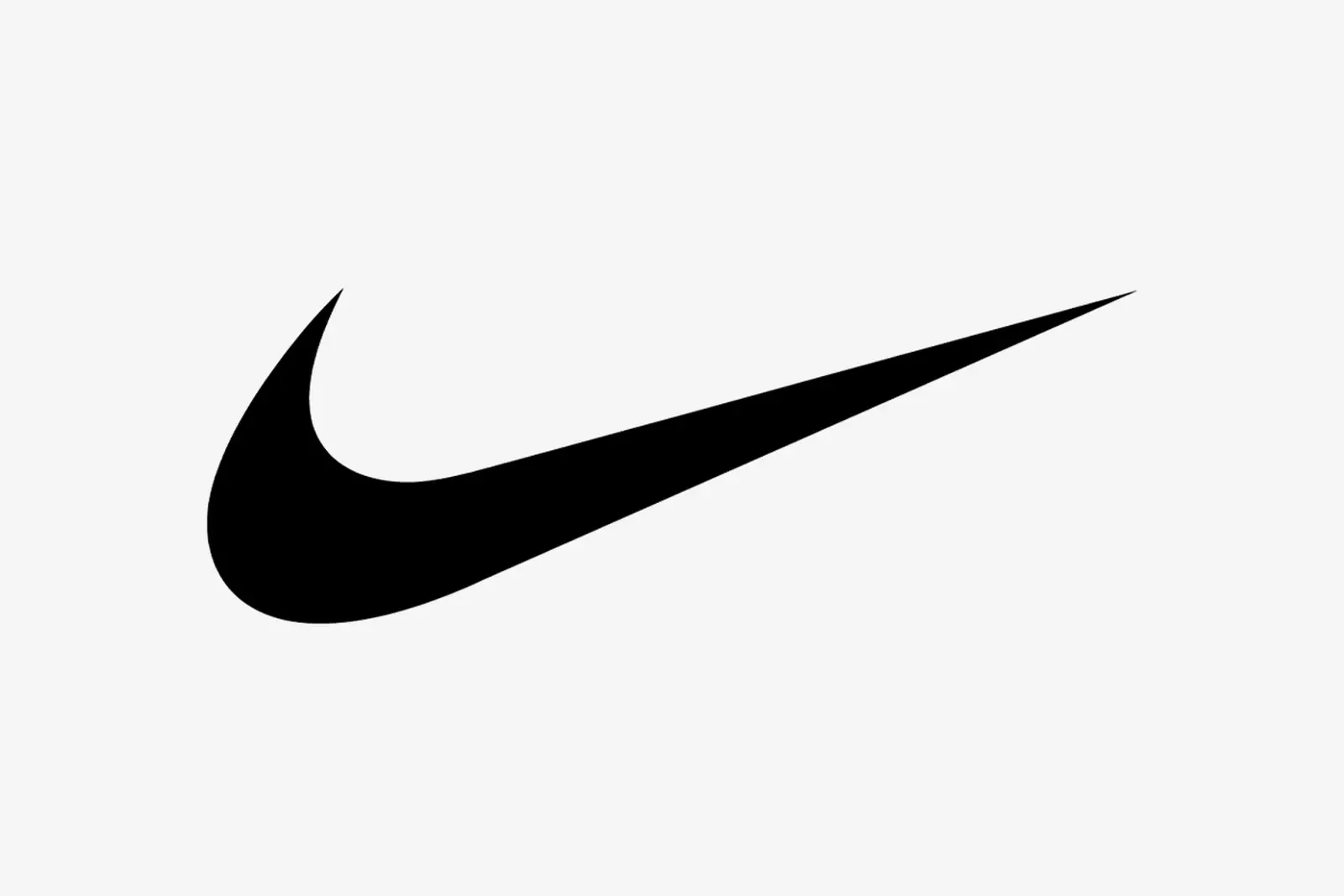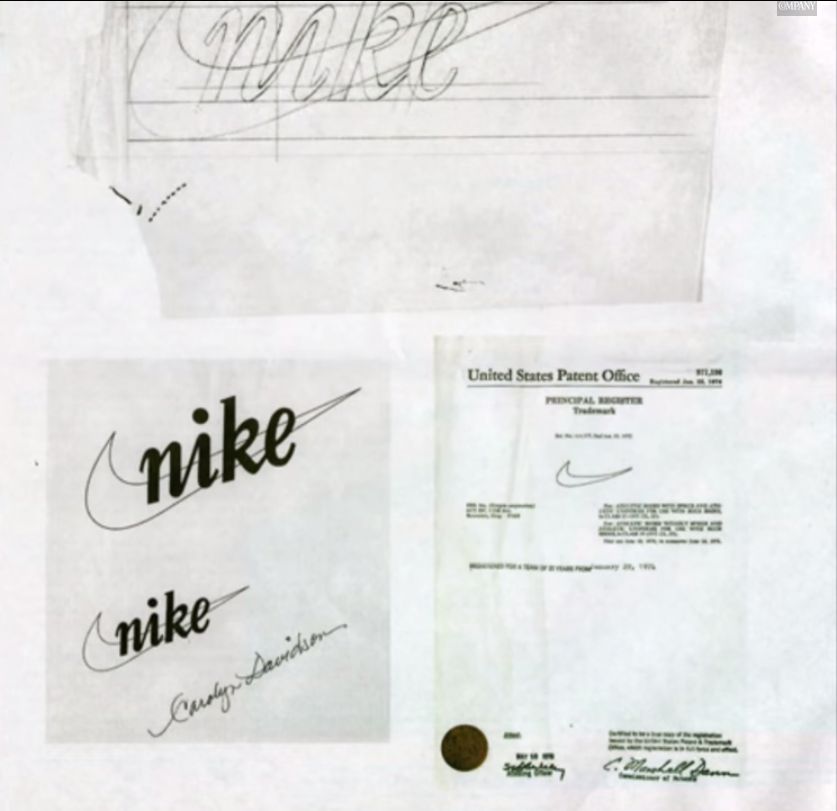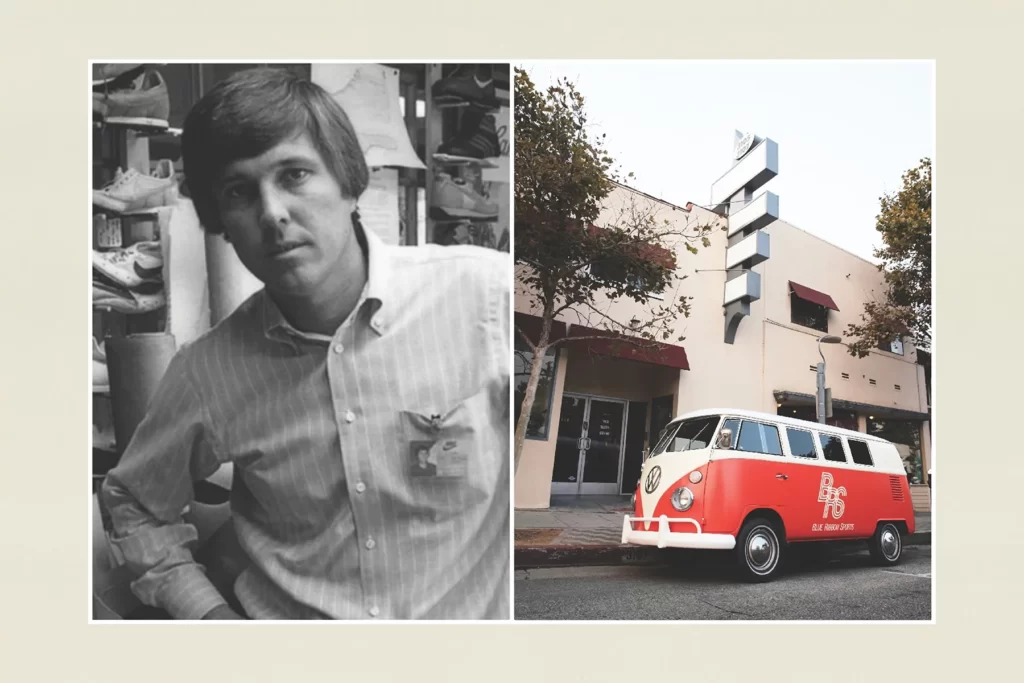Jeff Johnson & Nike – The Successful Connection

Jeff Johnson and Nike are inextricably linked. He was responsible for setting up the network and gave Nike its name
CEO Phil Knight and Oregon head track coach Bill Bowerman founded Blue Ribbon Sports (BRS) in 1964. Initially, the firm distributed Onitsuka Tiger (now known as Asics) running shoes in the United States.
Following a tumultuous breakup with Onitsuka in 1971, Knight and BRS set out to create and sell their brand of shoes. This was in June 1971. They needed a new name since the first consignment of shoe boxes was being printed the next day.
To their luck, they already had a logo. Carolyn Davidson, a student at Portland State University’s graphic design programme, had been engaged by Knight to help brainstorm potential logos. She gave Knight many options, one of which was the fattened tick mark – Swoosh we all know and love today.
Phil Knight did not like the logo, but he thought it would grow on him.

“Dimension Six”
A name was the next step.
Knight thought of Dimension Six, maybe because he liked the music of The 5th Dimension.
The first employee of BRS, Jeff Johnson, was in Massachusetts when he received a call from BRS’s first President, Bob Woodell. By 9 a.m. they needed a name for the shoe boxes, they were creating.
Hollister, another worker, chimed up with a suggestion. A reference to the wildly popular German shoe brand Puma, and a suggestion to rebrand under the name “Peregrine,” which is the name of a species of falcon.
Another early BRS employee, maybe also influenced by Puma, offered the name “Bengal.”
However, the other workers didn’t care much for any of those alternatives.
While reading an in-flight magazine, Johnson perused an article on famous brands like Kleenex and Xerox. They were all under two syllables and included a Z, X, or K, which are all considered unusual letters.
The next day, Johnson awakened with the moniker “Nike,” after the Greek goddess of triumph, who is depicted as a winged woman.
Johnson patiently explained to Woodell why the “K” or “Z” sound was crucial to words with two syllables.
“Nike” was not to Woodell’s taste. Also, neither “Peregrine” nor “Bengal” was to his liking. He went through every potential outcome with Knight. Even Knight was not fond of the name “Nike.”
Ultimately, however, Nike was the best of the options, and so that’s what Knight went with.
The first Nike shoe was released to the public on June 18, 1971.

First Employee
The year was 1965, and Knight had just recruited his first full-time employee, Jeff Johnson, towards the middle of the year. If anything, Johnson was an even more successful salesperson than Knight. According to Knight, he had accomplished the “totally impossible” by selling 3,250 pairs of shoes in only 10 months.
Johnson used a sales approach similar to that of Knights. He would attend high school track events, where he would stand on the infield and strike up conversations with the coaches there. Johnson, on the other hand, was in a class of his own when it came to fostering connections with clients.
Johnson’s List
Johnson would make a new index card for each client for whom he made a shoe sale. He would meticulously record even the most inconsequential information, such as shoe size, shoe choice, favourite distance, etc.
Johnson maintained relationships with clients using this proprietary database. Before important races, he’d send birthday cards, training advice, and words of encouragement.
He’d get letters from customers detailing their lives, ailments, and problems. Johnson’s list of pen pals included hundreds, if not thousands, of satisfied customers. With his newfound mailing list technology, he achieved a whopping 95% response rate, making him the first in history to do so.
Customization
Johnson’s fame extended beyond his written exchanges with others. He always made an effort to improve upon the status quo.
Someone once said they didn’t feel comfortable jogging long distances in them since there wasn’t enough padding. Some days later, Johnson had the shoes returned to him after he had taken them to a cobbler and had new rubber soles grafted into them. Johnson received a letter from the customer shortly thereafter announcing his personal best time in the Boston Marathon.
A Herculean Task
Knight gave Johnson another insurmountable assignment in 1967. Unfortunately, he was the only one capable of launching BRS on the East Coast. To remedy this, he had to start from scratch and rebuild his whole operational infrastructure.
So, Johnson did what exactly? So, he looked through his index cards and, to his surprise, went to see a track star from the East with whom he had been in touch.
Johnson was lucky because he was welcomed into the home and treated to supper by the whole family. The two ran together the next day, and the young man offered Johnson a list of contacts, including prominent instructors, prospective clients, and local running organizations.
Instantly, Johnson’s network in the East was ready for use.
So, word of mouth was the driving force behind Nike’s first 50,000 shoe sales. Both Knight & Johnson were seen at several track meetings engaging runners in conversation to win over the former as consumers and the latter as fans.
The two of them, especially Johnson, were responsible for Nike’s success.
Reference
https://stanfordmag.org/contents/the-force-behind-the-nike-empire



